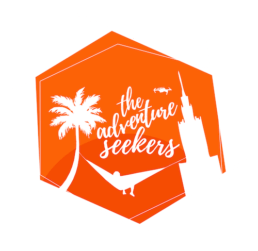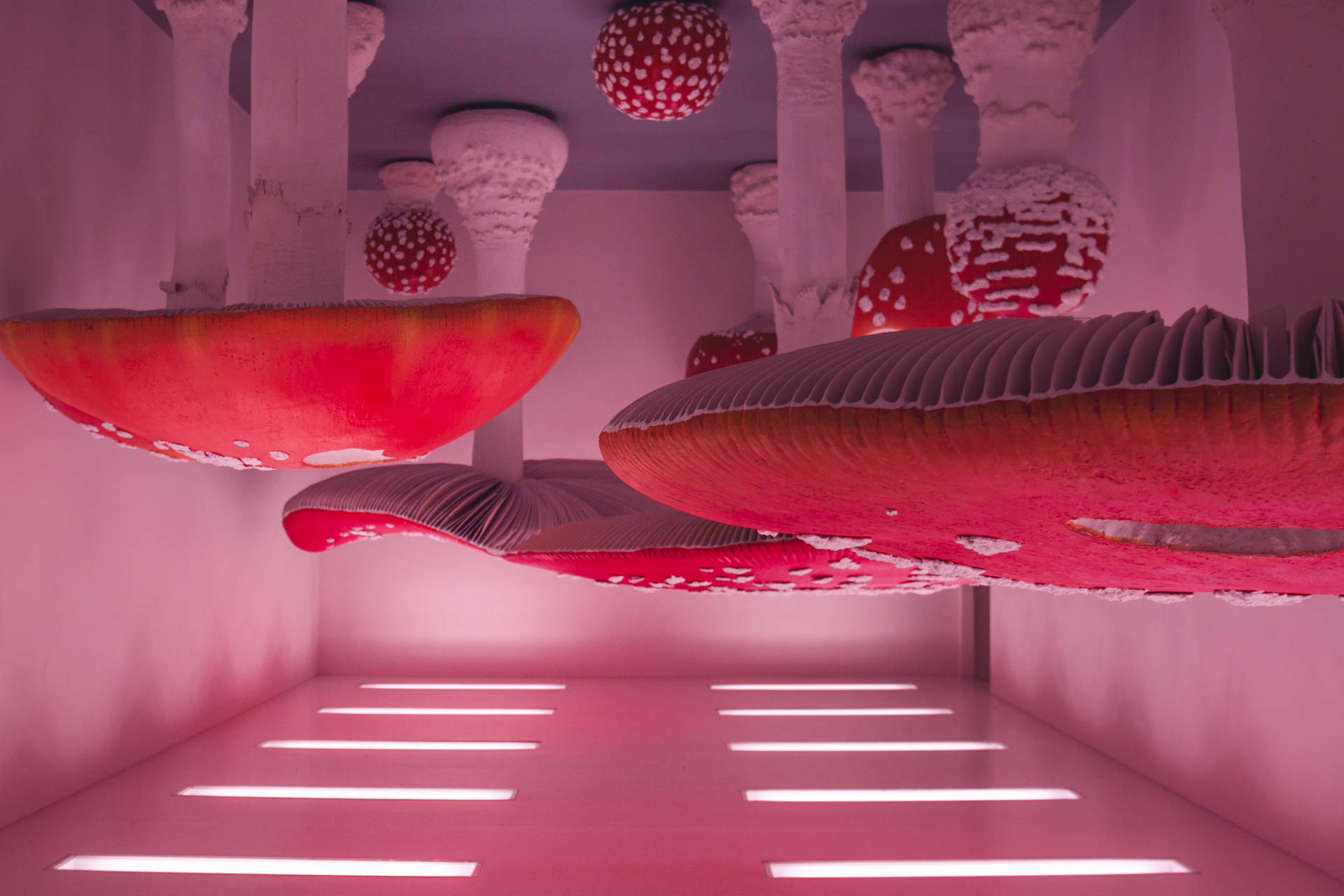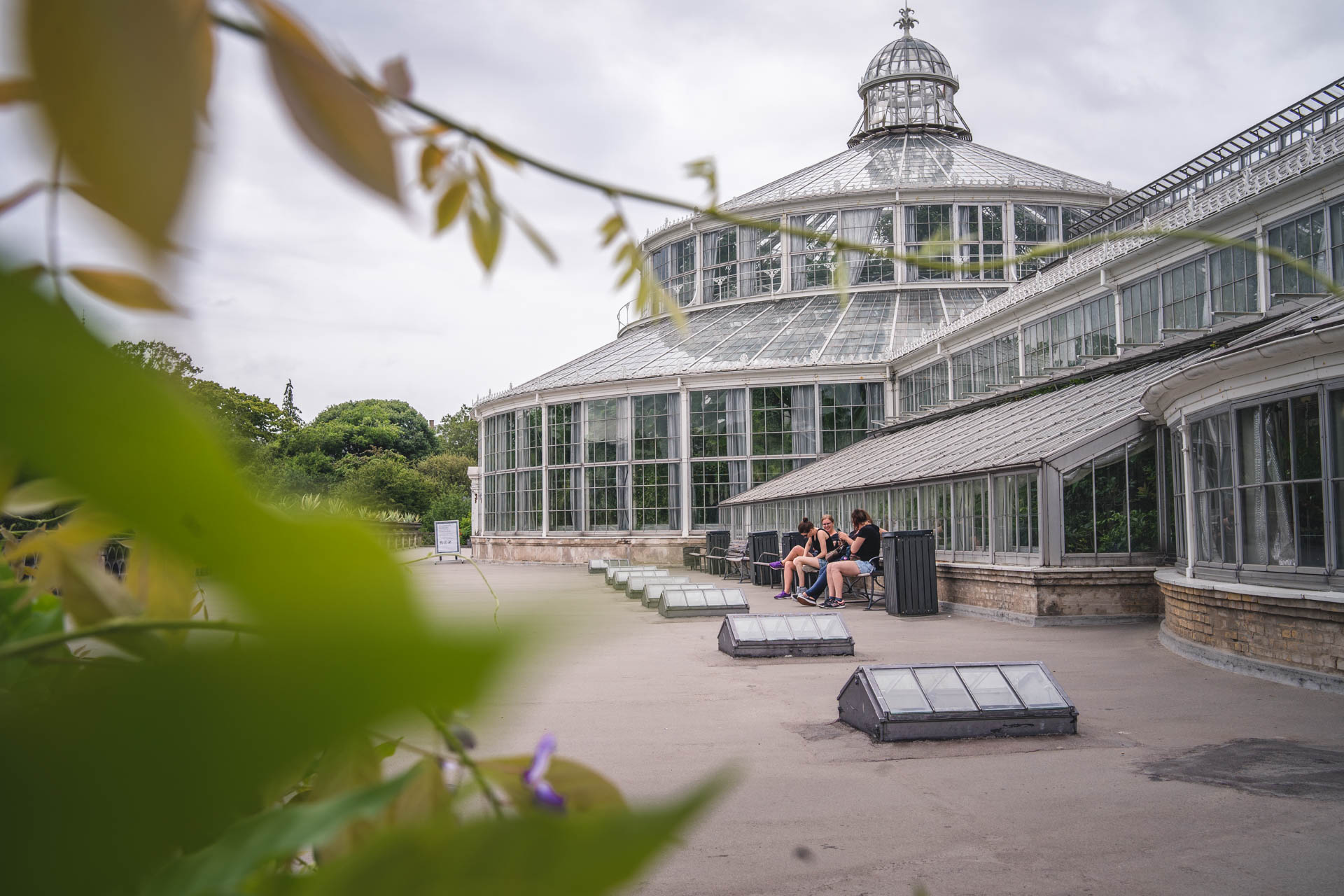Cuba is changing dynamically. We already wrote about this magical island last year. Then it was Mięta who spent two weeks on Cuba, driving across it, checking out the remnants of Hemingway’s life on the island and running away from the touristic Cayo Coco. This time it was Balmas’ dad (Balmas as well, hehe) who went to Cuba and agreed to tell us all about it in a guest blog entry. He spent one week travelling around with a group of friends and then an entire week sailing around the coast. Here are his tips on how to organize a cheap but enjoyable cruise as well as what to see whilst on Cuba.

Edit from Balmas Jr: My dad wrote a lot about Cuba. And I must admit I did not expect him to write so well. There was a lot of useful information so I decided to split this post in two parts. This one will be focused on the main land and the other one is entirely about sailing. So be sure to check it out if you’re into the whole sea vibe 🙂 You can read the second part HERE.
First stage: the landlubbers
A flight from Poland to Cuba is looong. Plus there’s a 6 hour time difference which does not help with the whole jet-lag situation. Our main goal of the trip was sailing, but we decided to spend the first week on land, as we did not want to be jet-lagged and useless on board of our catamaran. So, before we went at sea, we spent 3 days in Havana, one in Santa Lucila, one in Habanilla and 2 days in the city of Trinidad. There was 8 of us and we had quite a lot of luggage so we decided that the best way to travel around the island would be to rent a minibus. And so we did. We also got a driver who knew what he was doing. We used a local company called Trans-Tour which I can highly recommend. In the end it turned out to be the most comfortable mode of transportation for our group. Way cheaper than renting two cars as well.
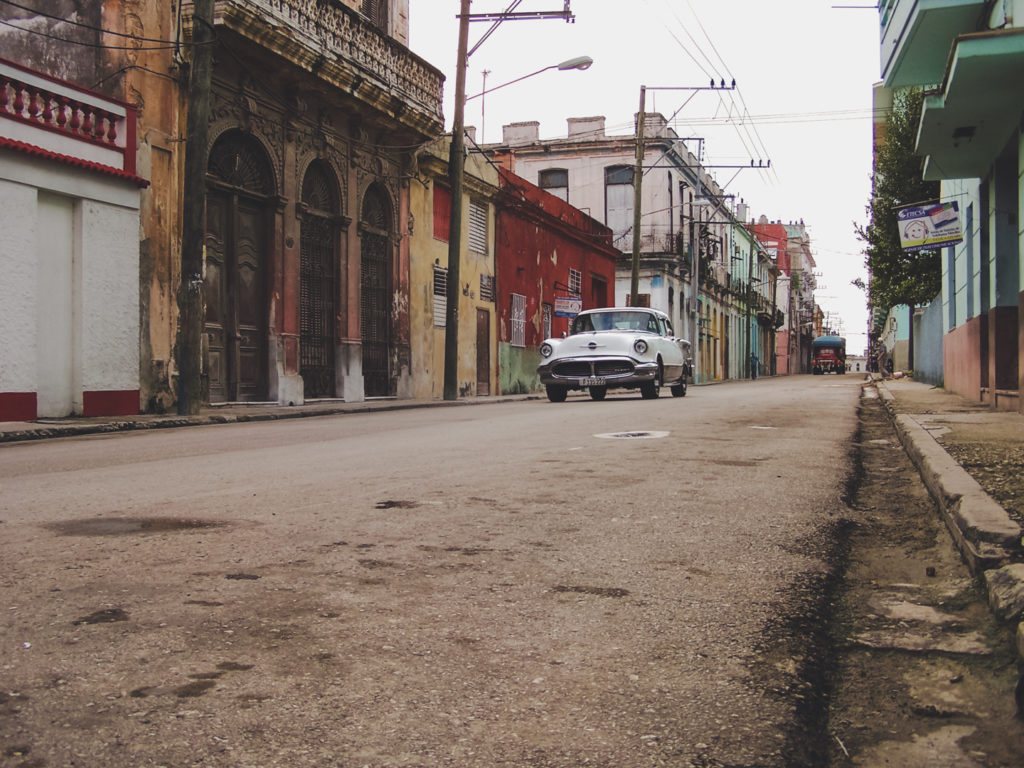

What you need to know – a handful of practical information
[Edit from Balmas Jr.: There’s already a short guide with some info you need to know before you go, wrote by Mięta. I decided to leave this part of dad’s blog post anyway, as it’s written in more detail, but be sure to check out the other post as well as it proved to be very useful.]
Currency
There are two different currencies on Cuba: PESO NACIONALE (CUP) and PESO CONVERTIBLE (CUC). Before you visit the country, it’s worth knowing what it means and why there’re two of them. CUC is a touristic currency. You’ll get this one when you exchange euros or dollars. Cubans may also use this one. CUP is a currency in which the locals get their salary and is used to buy food with ration stamps. Technically tourists may use this currency as well, but in reality it’s not so easy, as not everyone will accept it from foreigners.
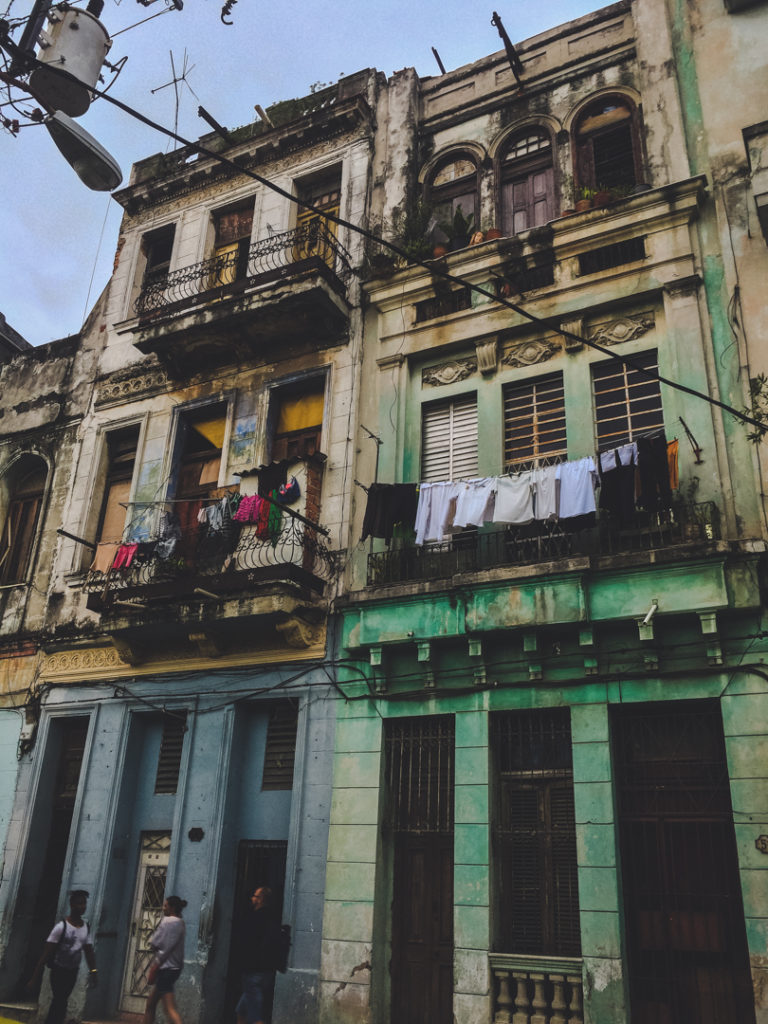
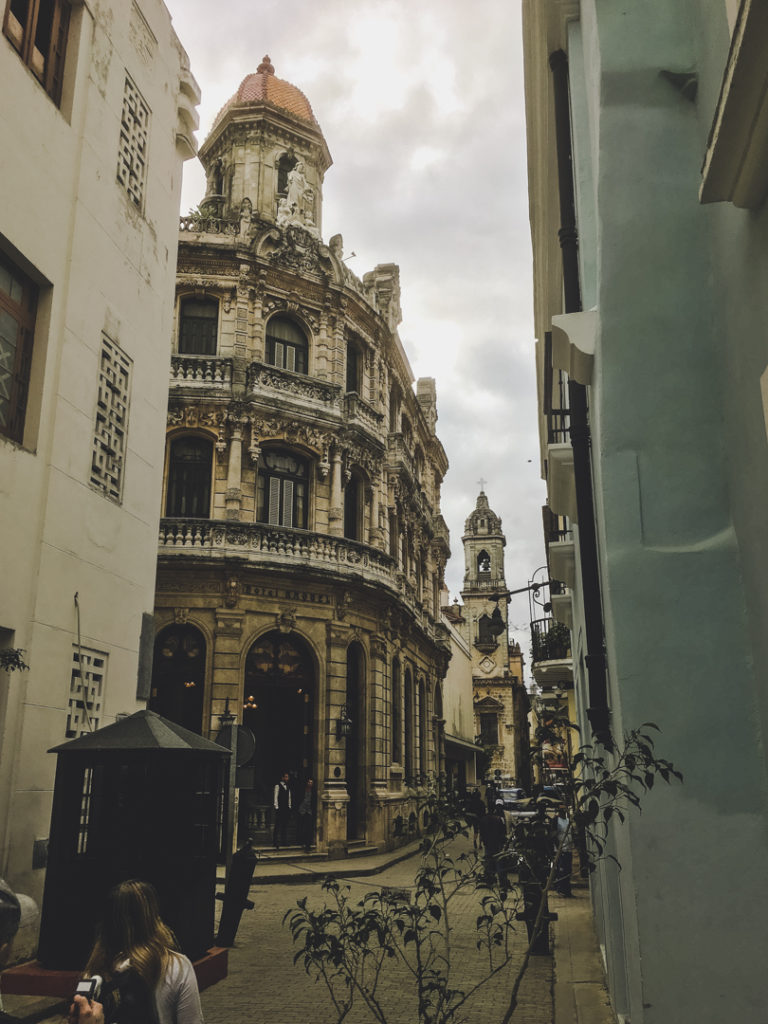
Accomodation
The most popular type of accomodation on Cuba is ‘casa particulares’ which are quite similar to our agritourism farms. They’re usually marked on the facade of the building as ‘Hostal’. Cubans rent out their rooms or whole apartments, however the state of the space may vary grately from one place to another. You might come across some dingy, moldy shitholes with no windows and huge holes in the ceiling. But you may also find some really nice apartments with clean, decent bathrooms. I must admit, we were really lucky in this department thanks to our local friend’s help.

When looking for accomodation you might want to consider using the services of local agencies. They know the best casas particulares and they’re not much more expensive than if you were to rent something by yourself. We used such agency in Havana, where we stayed in a really nice apartment and paid just 20 CUC for the accomodation as well as a tasty breakfast.
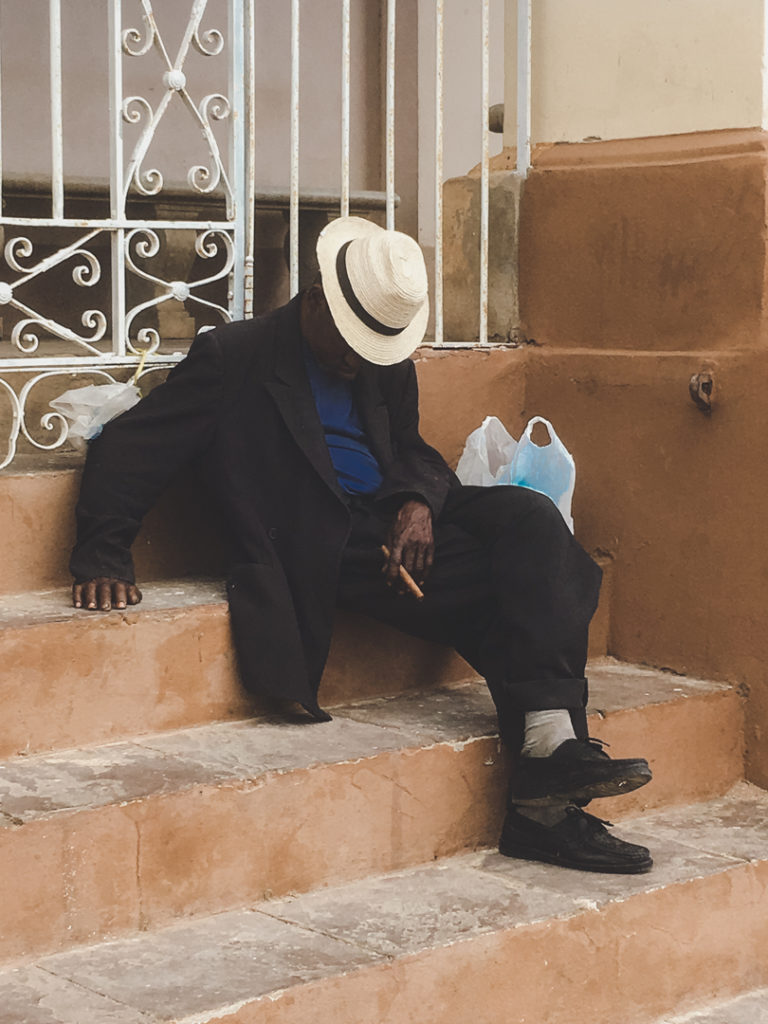
Food
Before our trip I looked for some information online and every blog post or article that I came across claimed that food is terrible, greasy and expensive. I don’t know why people had such a bad experience with Cuban food. We ate some really tasty things and we did not spent a fortune on them. In Santa Clara we ate the best fish on the island. It was a grilled redsnapper fish served with squid, black rice and fresh vegetables. Delicious! The breakfast we got in casa particulares did not dissapoint either. We paid 5 CUC for the set of fresh fruit, toasted bread or small buns, scrambled eggs, some honey and jam made of guava fruit. If you know some spanish you mght be able to exchange scrambled eggs for the fried ones. You’ll get some fresh juice, tea and coffee as well. There’s nothing to complain about, really.

Havana…
… is a city of contasts. There’s extreme poverty, crumbling buildings and infrastructure in a really poor condition. But the city is also a vibrant spectacle, full of life and salsa and until the early hours of the morning.
Getting around the city
The most popular mode of transportation in the capital city of Cuba are two-person rikshaws. They’re ubiquitous. There’s one on every corner with the driver ‘hunting for customers’ with his never-stopping call ‘taxi my friend?’. The price varies from 1 to 2 CUC per person. However Cuba is getting more and more touristic and locals use every means necessary to earn some dollars, so they tend to cheat the clients whenever possible. My advice is to negotiate the price before entering the rikshaw and paying straight away. This will help you avoid the sudden change of price in the middle of the way.
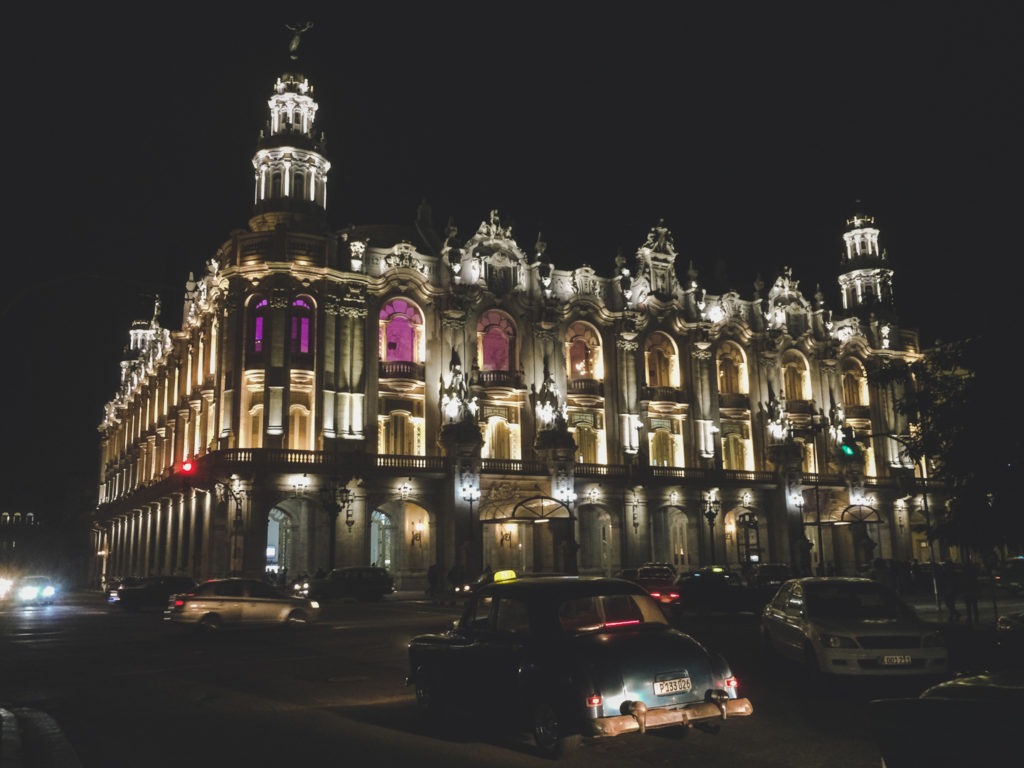
Another way to move around the city is what the locals call Coco-Taxi. These are three-whealed scooters that look like an egg. Only two people fit inside. If you need something bigger, there are always the regular taxis. The official ones are yellow, but there’re also the private ones. Basically every car is a potential taxi, as the locals search for opportunities to earn some money whenever they can.
However the kings of the streets of Havana are the ‘Oldies’ – antique cars in every colour of the rainbow. On every street corner there’s an Oldsmobil, a Chevrolet, Buick or Studebacker from 1951 or 53. The ‘Oldies’ are driving all over Cuba, but only in Havana they’re in such great condition. Well-kept, squeaky clean, shining from a far. True beauties! It’s impossible to keep your eyes away from them! I highly recommend renting an antique Cabrio and going on a tour around town. We decided on the route ourselves and discussed it with the driver using a map. There was no problem whatsoever with going where we wanted. The obligatory stop on every tour is la Plaza de la Revolucion, where you will stumble upon an unprecedented accumulation of ‘Oldies’ on 1 sq m. It’s worth including Malecon (a seaside boulevard) when planning such trip.
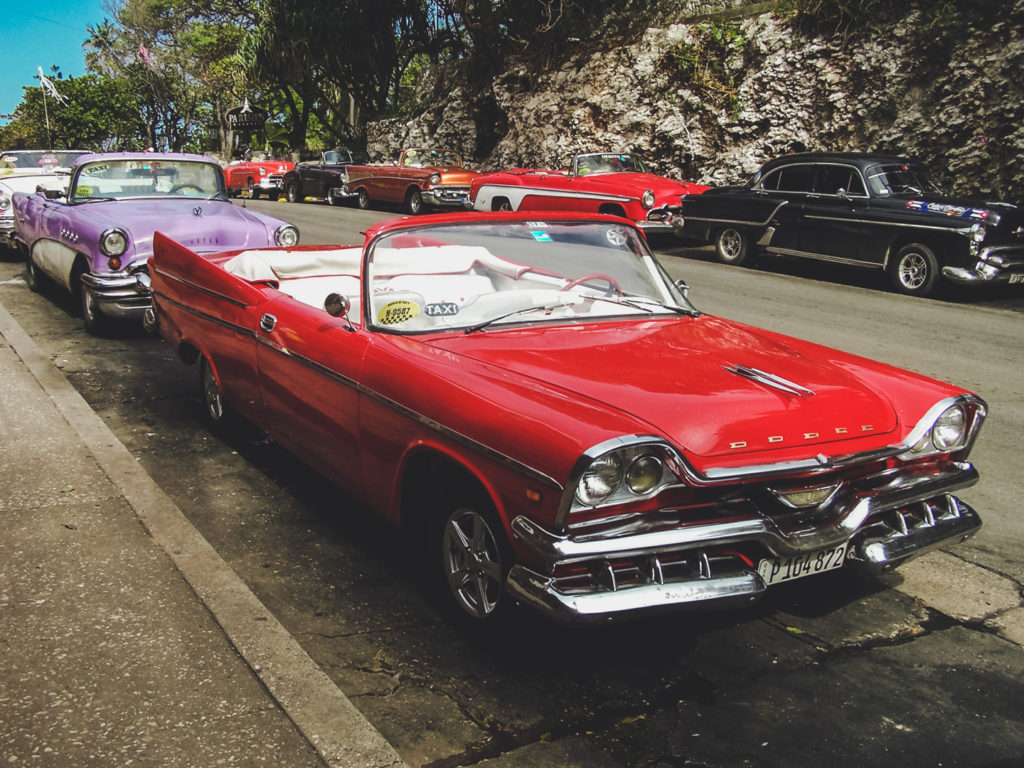
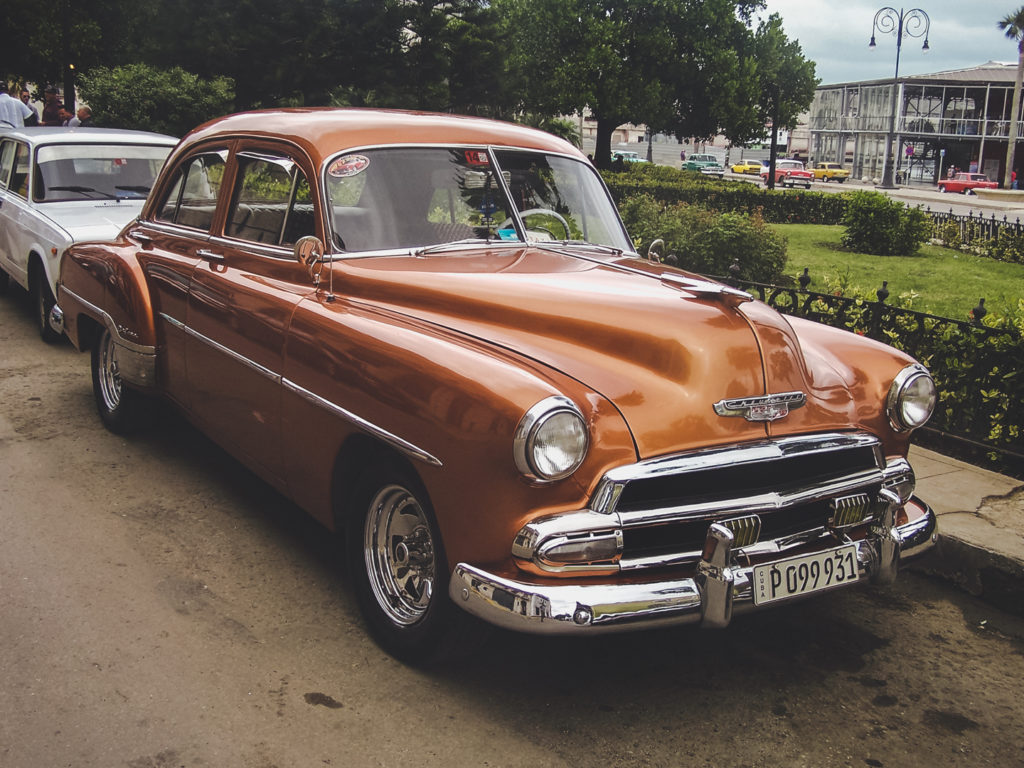

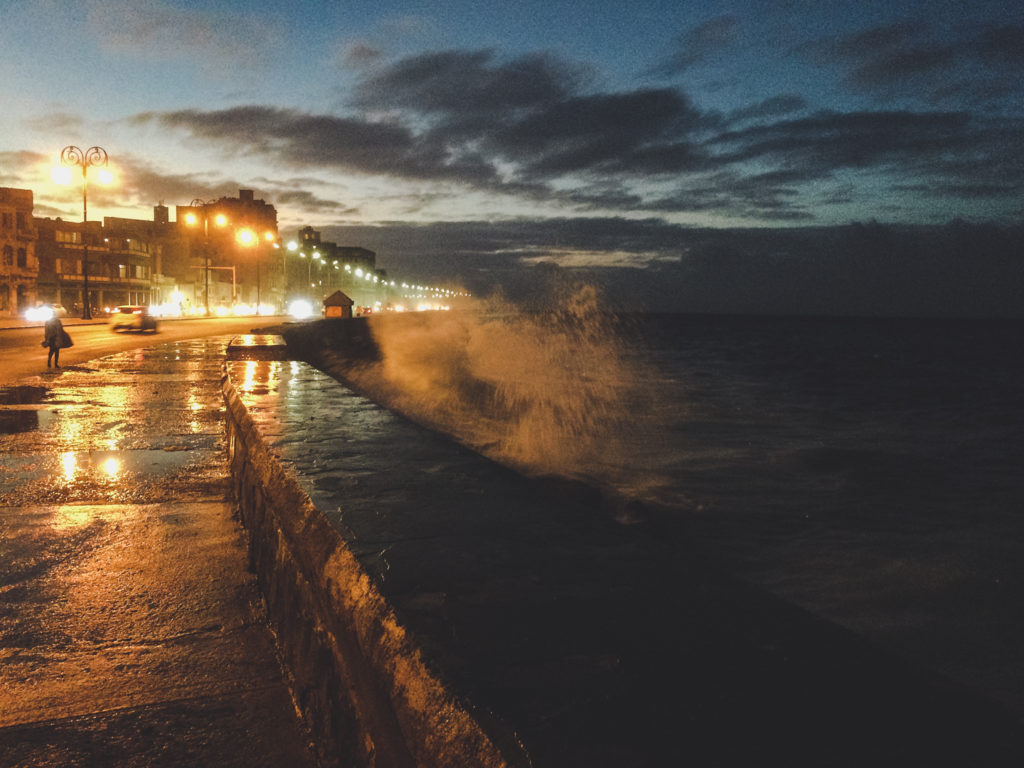
Where to eat?
There are two restaurants in Havana that I recommend. The first is the small two-storey local in the old town, where waiters run around wearing knee-high black socks. The second one is called ‘Flor de Loto’ and is located in Chinatown (address: Salud 313, entre Gervasio y Escobar). There you can eat one of a kind Sopa de pescador (fisherman’s soup) with fresh fish, shrimps and all kinds of seafood. There is around 10 different plates made of shrimps and they’re all fresh and delicious. But don’t worry, if you’re not into seafood, there’s also a few different types of meat to choose from. A decent sized portion of seafood/meat served with rice, sweet potato fries or regular fries, with starters (consisting usually of banana chips) costs around 7 to 12 CUC.

What to do?
The biggest attraction of Cuba is undoubtedly salsa spilling from every nook and corner.
Tropicana – a dance & music show that presents the history and culture of Cuba. If you like looking at beautiful dancers with nice legs you won’t be dissapointed. However the spectacle is not cheap and it’s better to plan ahead and buy tickets earlier to grant yourself a spot next to the stage. We made the reservation when we were still at home in Poland with help of our friend who lives in Havana. The show ends with everyone from the audience dancing together on the stage. So be prepared for a party!
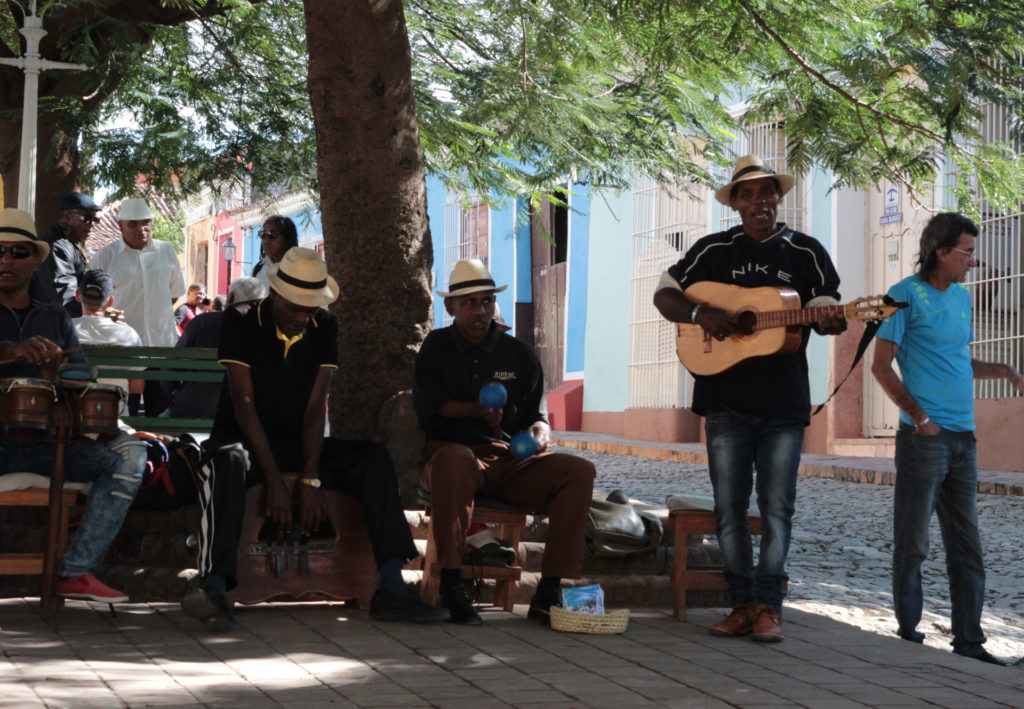
Havana Buena Vista Social Club –a well-known band did not make an impression on us, to be honest. The singers are a hundred or more years old, you can dance a bit, but mostly it’s just boring. There’s not much energy. The price is not budget-friendly either, however you do get 3 drinks to choose from with your ticket.

Santa Lucia
After leaving Havana we got into our rented minibus and went straight to Santa Lucia. It’s a small town with streets arranged in a square and a lovely town’s square located in the center. There you’ll find some renowated buildings, one of which is of course a hotel for tourists. There’s also a big bar on a main street with a tarrace on top of the stairs. On those stairs you’ll find the locals singing and dancing with their own old-school music players. After 10 p.m. there’s a concert of a local band. The musicians are old af but full of energy. One hangs on to the microphone stand, the other one to the bar counter and the one in the middle hangs on to his friends. Advanced age does not stop them from giving amazing performance of traditional Cuban songs. They’re way better than Buena Vista Social Club, I mentioned above. Definitely worth visiting!
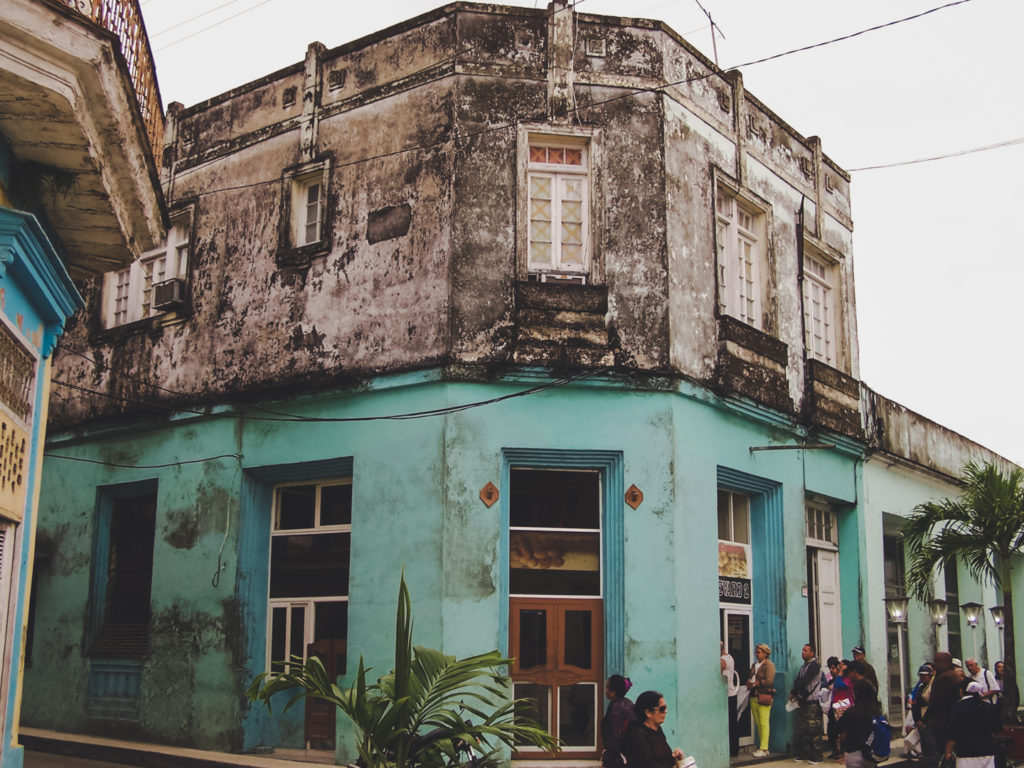
Trinidad
In my opinion Trinidad is atreasure of Cuba. It’s a little town of 73 thousand people, located in the central part of the country in the region of Sancti Spíritus. It’s located on the hills, right next to the Carribean sea. The city center is full of charming cobbled streets where you can see the old cars as well as horses. The houses are tiny but really colourful. You can take a look inside them through the open windows where you’ll spot antique wooden furniture. The period of commercial prosperity is visible in the architecture of the city. The streets of today’s Old Town were paved with dice brought especially for this purpose from Boston.
The collapse of the city’s importance saved the colonial old town from rebuilding, thanks to which the center has been preserved in virtually unchanged condition. This was appreciated by UNESCO which in 1988 added Trinidad to the list of world cultural heritage, along with the Valle de los Ingenios.
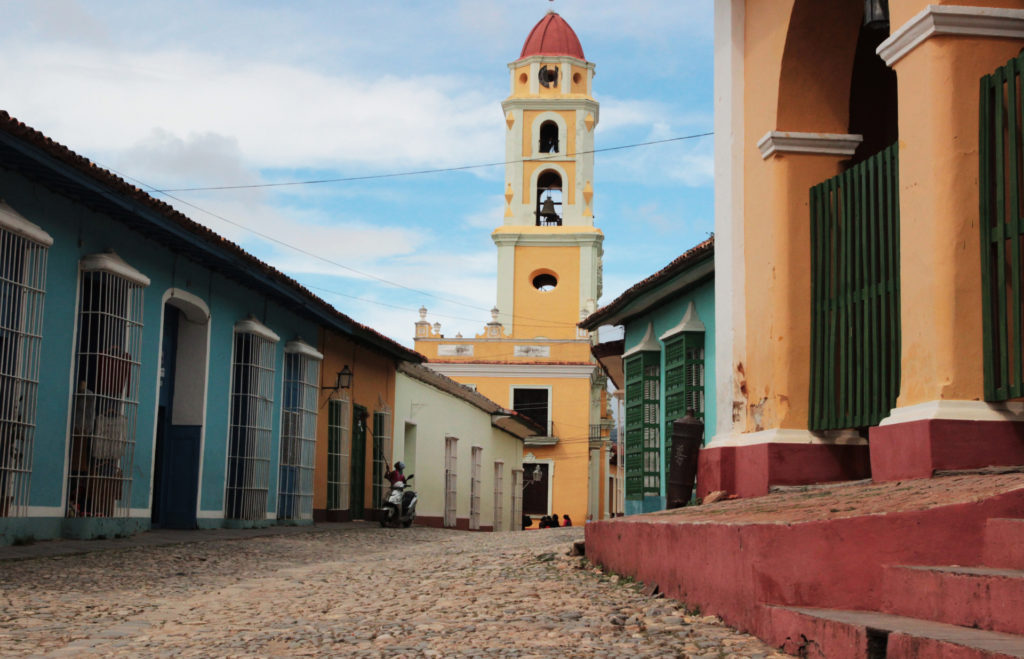
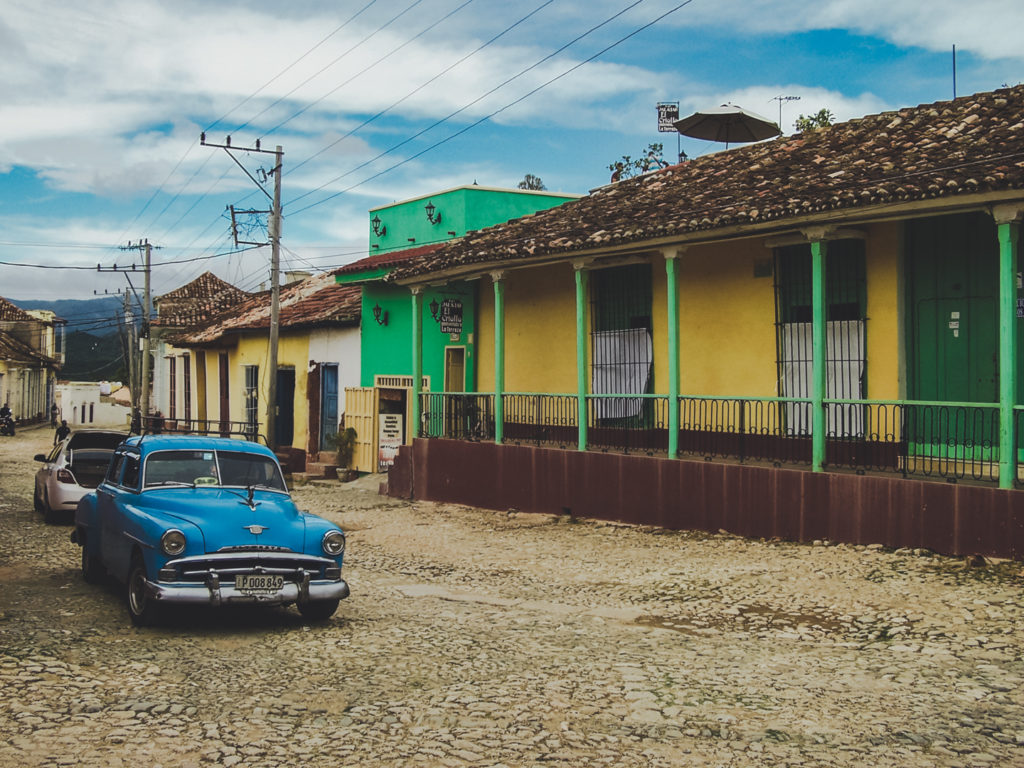
Local museum (Museo Municipal) was established in an old residence of ‘sugar baron’ by the name of Cantenero. Once one third of all the sugar produced on Cuba was made in Trinidad. The museum’s exhibition consists of some interior design elements typical for spanish colonial architecture. It’s worth visiting mostly for the tower from which you can admire a panoramic view of an entire city as well as surrounding villages and landscape.
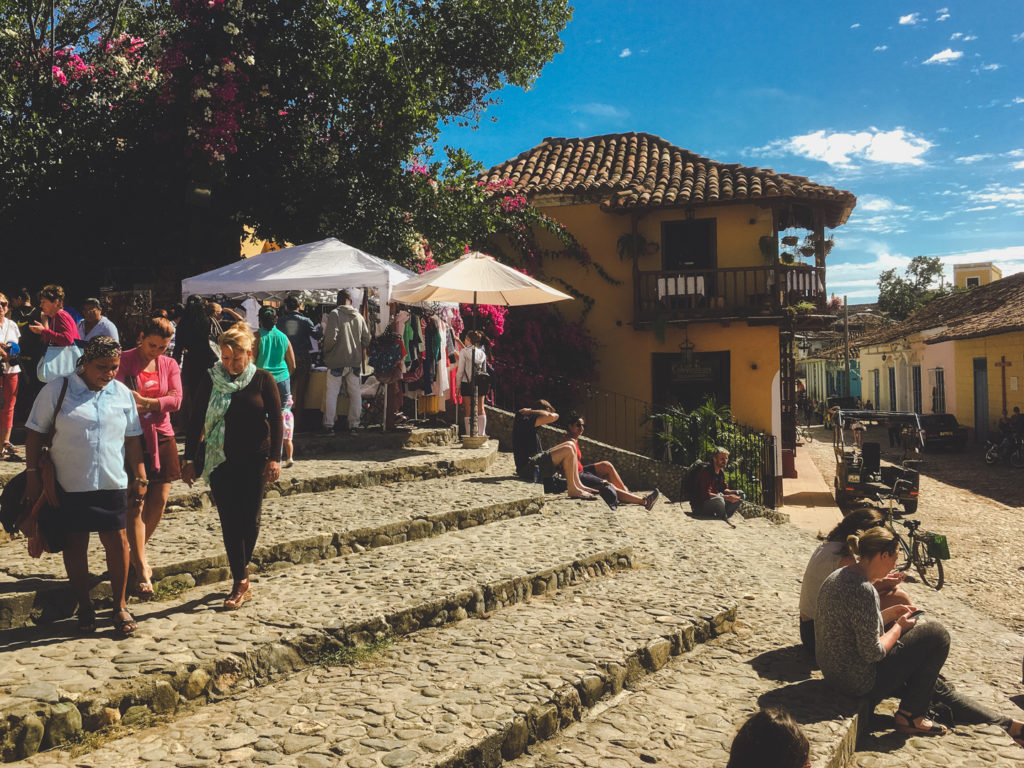
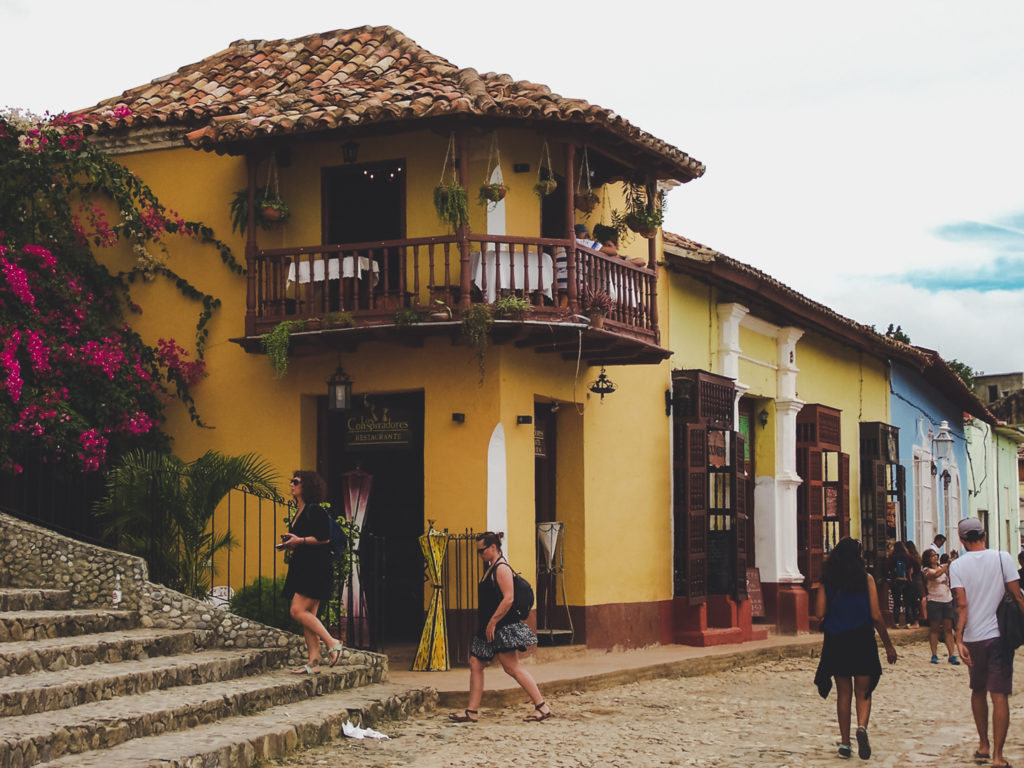
The most important monuments and buildings of the city are located around Plaza Mayor. Favourite place of the locals, where they gather to talk, drink, dance and be merry is a square in front of a closed Nuestra Señora de la Candelaria church as well as the cobbled steps in front of Casa de la Musica.
If you do decide to visit Trinidad, be sure to try the local drink called ‘Chanchanchara’. It’s made of honey, rum and lime juice and it’s absolutely delicious.
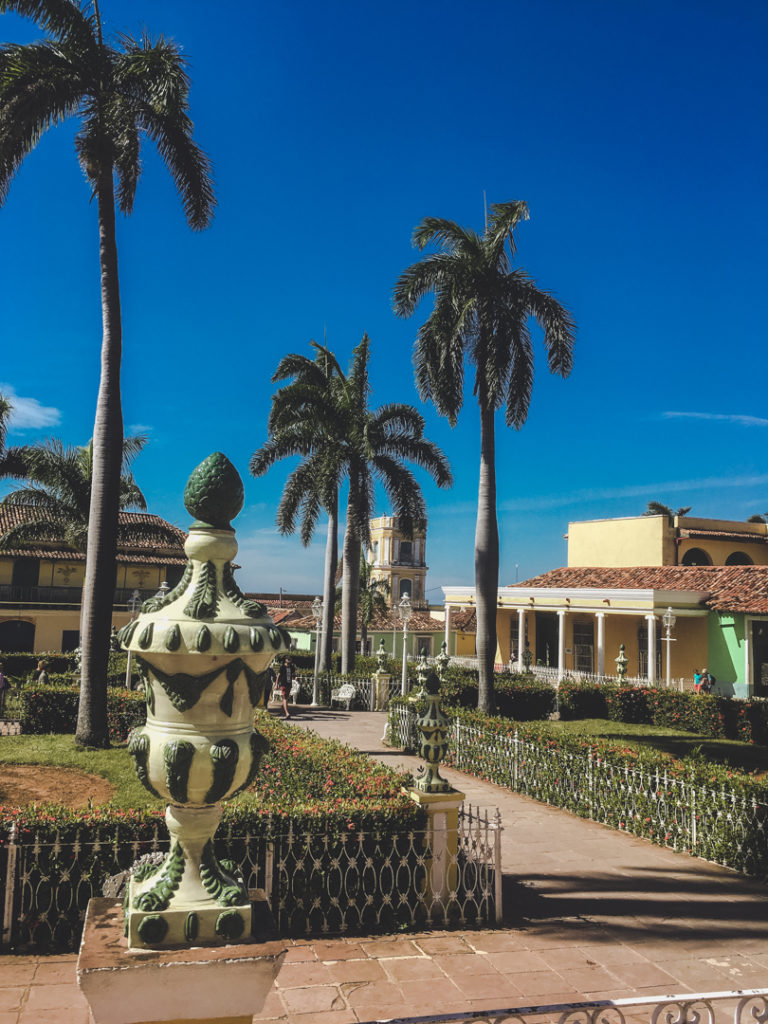
There are the largest sugar cane plantations of the country and a national park with a small waterfall in the area of Trinidad. It’s definitely worth visiting. You can get there in about 40 minutes. We decided to go on horseback tour. The horse trip is very interesting – you can try the cane juice, local honey or coffee, and also light a freshly twisted cigar. On the way you can see an old traditional machine used to squeeze out the cane juice. Horseback riding is completely safe as the horses are very calm and they only react to the signs and calls of the guide, so there is no danger of a horse suddenly carrying you out somewhere. Price of such a trip – like everything on Cuba – is to be negotiated.
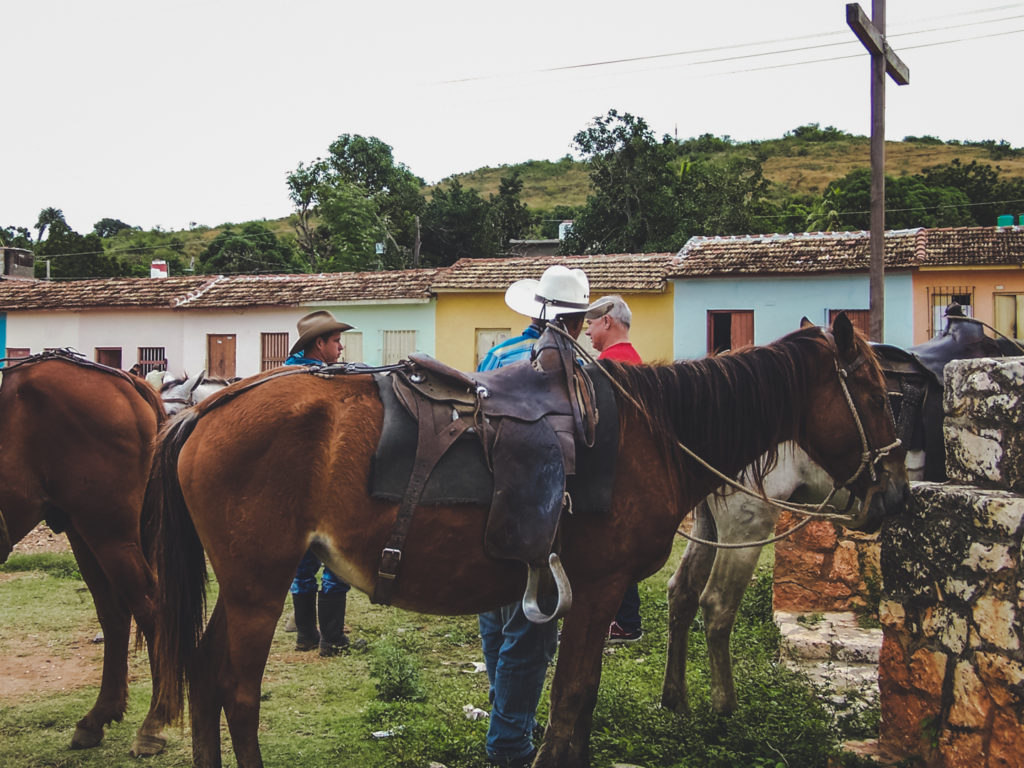
Did you enjoy the post? I hope so! If you did, check out the second part. It’s all about that life at sea 😉
Photos by: Piotr Balmas | Karolina Sprawka
Balmas
Freelancer, also known as an unemployed. Etnographer and photographer. She spends most of her free time in Photoshop or Lightroom. The sole purpose of her life is to travel around the world (on top of her must-see list are thecountries where she can stuff her face with tacos). She values people who understand irony. Enjoys minigolf as well. When she grows up she'll run her own hostel and a restaurant. She decided to start writing a blog only because she wants someone to send her a Boosted Board ;)
Podobne posty
8 February 2021
Cosmos Museum – instagramisation of the world in a nutshell
27 February 2020
